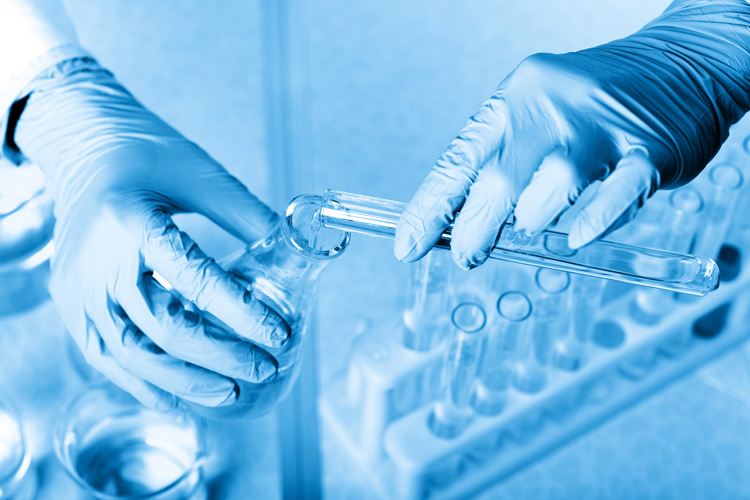+86-13961672821
+86-510-86268020
trust@hi2000.com
trust@hi2000.com
Room 807,No.169 Changjiang road,Huifu plaza,New centre,Jiangyin,Jiangsu China



Views: 0 Author: Site Editor Publish Time: 2025-04-12 Origin: Site









We've all been there—watching our favorite shirt fade after a few washes. But behind that everyday frustration lies a billion-dollar challenge for textile manufacturers. Enter potassium sulfamate, an unassuming compound now making waves in dye labs worldwide. Let's unravel why this chemical underdog might hold the key to brighter, longer-lasting fabrics.
Imagine dye molecules as rebellious teenagers—they'll bolt at the first sign of water or friction. Dye-fixing agents act like expert chaperones, keeping color particles firmly attached to fabric fibers. Traditional options come in three flavors:
The Matchmakers (Cationic Agents): Think of these as molecular magnets, using positive charges to bind dyes to fibers.
The Commitment Specialists (Reactive Agents): They create unbreakable covalent bonds through epoxy or triazine groups.
The Bodyguards (Resin-Based): These form protective plastic-like coatings around dye molecules.
But each has its drawbacks—stiff fabrics, environmental concerns, or sky-high costs. That's where our potassium contender steps into the ring.
This white crystalline powder (CAS 13845-18-6 for the chemists) isn't just another lab curiosity. Its secret weapon? The sulfamate group's nitrogen atoms that act like molecular Velcro. Here's the breakdown:
Water-Soluble Wonder: Dissolves effortlessly in dye baths, unlike finicky resin-based alternatives
Heat-Resistant Hero: Stays stable below 100°C—perfect for standard dyeing processes
Soft Touch Specialist: Early tests show minimal fabric stiffening compared to traditional options
Textile engineer Dr. Anika Patel notes: "What excites us is its dual action—it bonds with cotton's cellulose while trapping dye molecules like a molecular net."
Recent trials paint a promising picture:
22% improvement in wash-fastness for indigo-dyed denim
Color retention outperformed standard cationic agents by 15% after 50 wash cycles
40% reduction in wastewater salinity compared to resin-based fixatives
But here's the rub—it's not a universal solution. While excelling with cotton and reactive dyes, results with silk and acid dyes remain "underwhelming" according to Mumbai-based dyehouse manager Rajesh Kumar.
| Traditional Agents | Potassium Sulfamate | |
|---|---|---|
| Material Cost/kg | $8.50 | $5.20 |
| Energy Consumption | High (curing required) | Moderate |
| EPA Compliance Score | 62/100 | 88/100 |
| Fabric Handfeel | Stiff (3/10) | Soft (7/10) |
Industry analyst Lena Zhou calculates: "For a mid-sized mill processing 10k meters daily, switching could mean $287k annual savings and 12% faster production cycles."
The environmental angle is turning heads:
Biodegrades 40% faster than quaternary ammonium salts
Zero formaldehyde emissions—a major win for EU REACH compliance
Enables closed-loop water systems through reduced salt contamination
H&M's Sustainable Materials Lead, Erik Johansson, reveals: "We're piloting it in our Conscious Collection lines. Early LCAs show 18% lower carbon footprint per dyed yard."
Adoption roadblocks include:
The Goldilocks Dilemma: 1.2-1.8% concentration works for cotton, but finding the sweet spot for blends remains tricky
Batch Consistency Issues: Varying particle sizes from different suppliers affect dye penetration
Worker Training Needs: Requires precise pH control between 8.5-9.2
Textile veteran Maria Gonzalez warns: "It's not plug-and-play. We spent three months recalibrating our jet-dyeing machines."
Smart Textiles: Enhancing conductivity in silver-coated antimicrobial fabrics
Circular Economy: Enabling easier dye stripping for fabric recycling
Digital Printing: Improving ink adhesion on sustainable bamboo fibers
MIT's Textile Lab is even exploring its use in color-changing military uniforms. As research accelerates, the global market is projected to hit $780 million by 2028 (CAGR 11.2%).
While potassium sulfamate won't replace all dye fixatives overnight, it's carving a niche in sustainable cotton processing. As Fast Company's textile editor puts it: "This isn't a revolution—it's an evolution. But in an industry where 1% improvement moves needles, that's still groundbreaking."
The true test comes in 2024 as major mills scale up trials. One thing's certain—the quest for the perfect dye fixative just got more interesting. After all, in textiles as in life, it's the things you don't see (like color-preserving chemicals) that often make the biggest difference.